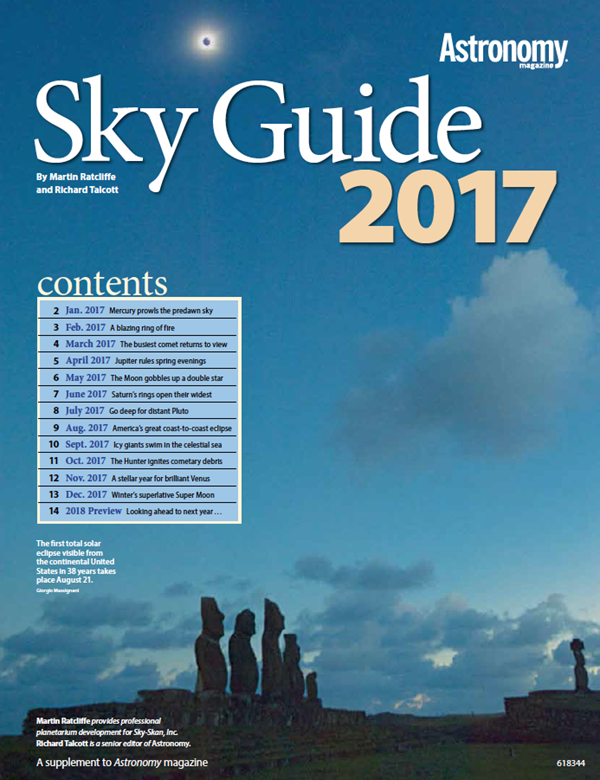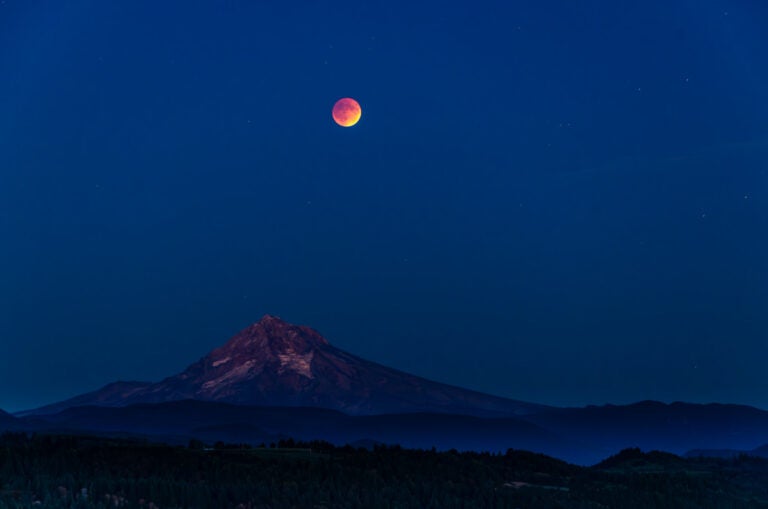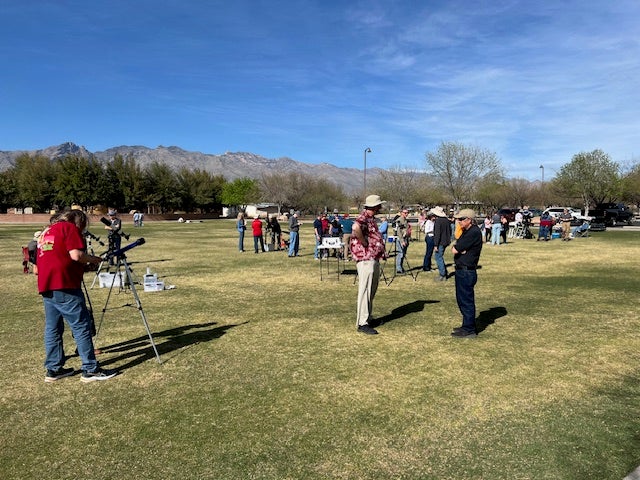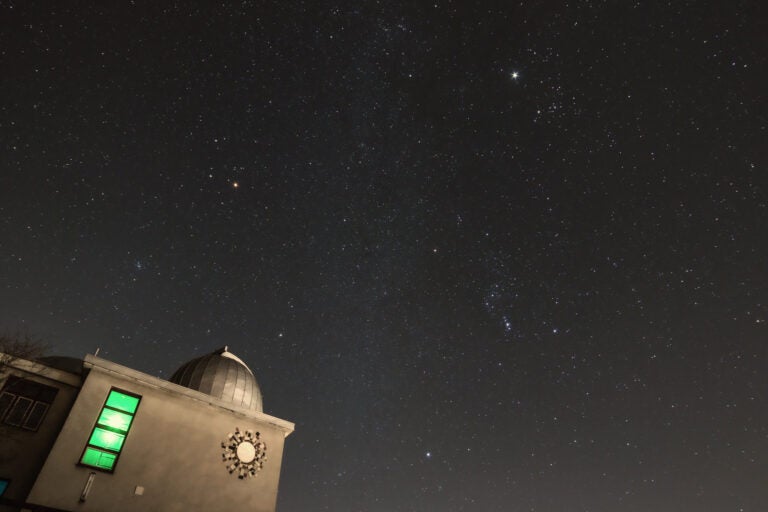The long wait is over. On August 21, 2017, the United States will be at the center of the astronomical universe when the Moon’s dark umbral shadow creates the country’s first total solar eclipse in 26 years. But that tells only half the story. The July 11, 1991, eclipse touched just Hawaii before heading to Mexico and then south to Brazil. The last time the U.S. Mainland saw totality was February 26, 1979.
But the decades-long drought will be long forgotten by the time the Moon’s umbra sweeps coast to coast on August 21. The track first hits land in Oregon. (Coincidentally, that state’s capital, Salem, is in the path of totality this year as it was in 1979.) From there, the shadow speeds southeast across the country in approximately 90 minutes until exiting on the South Carolina shore. Totality’s greatest duration occurs in southern Illinois, where the Moon completely hides the Sun’s bright disk for 2 minutes and 40 seconds. Still, anyone on the center line will see at least 119 seconds of totality. Observers across the rest of North America can see a partial eclipse, but let’s be real — if you have any interest in astronomy, you need to be in the path of totality on August 21.
Two other eclipses of note occur in 2017, though both pale in comparison. An annular solar eclipse — in which the Moon appears a bit too small to cover our star, leaving a ring of sunlight visible — arrives February 26. The path crosses southern South America and the Atlantic Ocean before ending in southern Africa. And Earth’s shadow partially hides the Moon on August 7. It is the first partial or total lunar eclipse in 23 months.
Observers with a penchant for planets have three to keep them satisfied. Venus puts on a marvelous show on evenings in early 2017. At greatest elongation January 12, it shines brilliantly in the southwest as darkness falls and doesn’t set until four hours after the Sun. Jupiter and Saturn also put on great shows in 2017. Giant Jupiter reaches peak visibility in April while ringed Saturn follows two months later. Saturn in particular stands out. At opposition June 15, its ring system tilts 26.6° to our line of sight — the steepest angle at any opposition since 2002. The large tilt will afford telescope owners exquisite views of ring structure.
The 2017 meteor calendar also looks a bit brighter than it did in 2016. Two of the year’s most prolific showers — January’s Quadrantids and December’s Geminids — occur within a few days of New Moon, as do the reliable Orionids of October and Leonids of November. Of the best showers, only the Perseids (which peak under a waning gibbous Moon) fare poorly.










